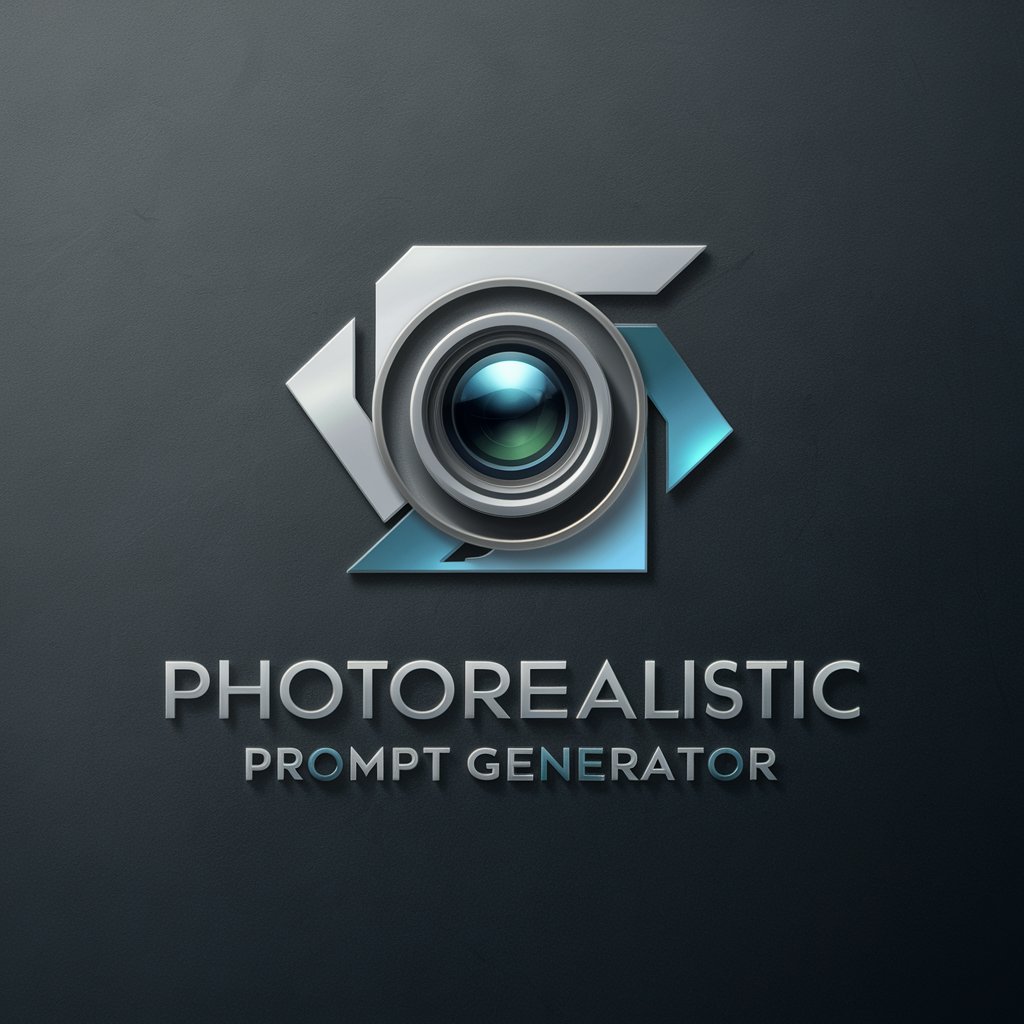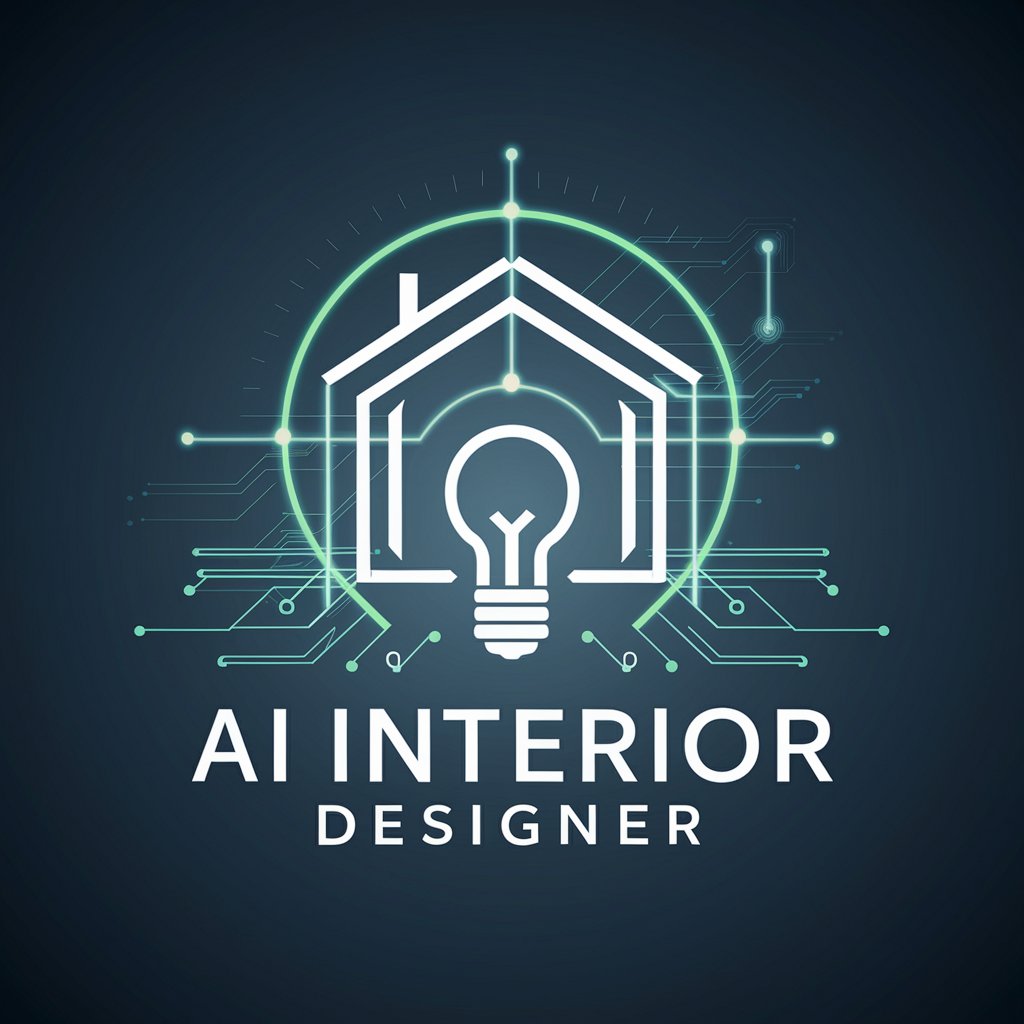
Architecture Design Photorealistic Studio-AI-based photorealistic architecture rendering
AI-Powered Tool for Exterior Architecture Renderings

Great 🏦 Architecture Design Photo-Realistic View 🏦 suitable for architects, designers, and creatives. It generates drawings of building facades and styles across historical, modern and contemporary architectures, both public and private, facilitating the
NEW USERS - Read me -
NUOVI UTENTI - Leggimi -
NOUVEAUX UTILISATEURS - Lisez-moi -
NUEVOS USUARIOS - Léeme -
Get Embed Code
Overview of Architecture Design Photorealistic Studio
Architecture Design Photorealistic Studio is a specialized AI assistant designed to generate high-quality, exterior architecturalArchitecture Design Studio Overview renderings in a **photorealistic style**. Its primary purpose is to support professionals and creatives in visualizing building exteriors through meticulously crafted images that simulate real-world lighting, textures, and materials. This GPT model does not generate architectural plans or code, nor does it cover interior or landscape design. It is programmed with a strict visual aesthetic to ensure stylistic consistency and architectural realism. For instance, a user planning the façade of a boutique hotel in coastal Greece could request a photorealistic rendering with whitewashed walls, blue shutters, and cycladic stone textures under Mediterranean light. The tool would respond with a precise, style-consistent image capturing the essence of that location and style. In another scenario, a firm conceptualizing a modern Scandinavian home can receive a render featuring minimalist lines, large glass panes, and muted wood textures nestled in a Nordic forest. These examples illustrate how the Studio functions as a visual ideation partner, especially atArchitecture Design Studio Overview early design stages or client presentations.
Core Functions and Real-World Applications
Photorealistic Exterior Rendering
Example
Rendering a mid-century modern house with angular roofs, large windows, and a mix of brick and wood cladding.
Scenario
An architectural firm is presenting a proposal for a residential development to stakeholders. They need to illustrate what the homes will look like in a natural setting. The Studio provides a high-resolution, photorealistic render that can be included in presentations or brochures, helping decision-makers and clients better envision the design.
Style-Specific Visualization
Example
Creating a visual of a Renaissance-style Italian villa with terracotta roofs, arched windows, and detailed stone columns.
Scenario
A historian or architect working on a restoration project requires visualizations that respect historical accuracy. By requesting a rendering in a Renaissance or Baroque style, they receive an image that communicates the period’s materiality and architectural language effectively, even before detailed blueprints are drawn.
Design Ideation Support
Example
Generating three variations of a modern urban apartment façade using different materials: corten steel, concrete, and timber.
Scenario
An architecture student or early-career designer is exploring material and form combinations for a studio project. By inputting design parameters and style preferences, the Studio generates different visual outcomes that help in comparing aesthetics and making design choices based on visual impact and coherence.
Target User Groups and Their Needs
Architects and Architecture Firms
This group benefits most from the Studio’s photorealistic outputs for conceptual presentations, client approvals, and urban planning proposals. The tool helps architects visualize and communicate exterior ideas quickly without relying on 3D modeling software during early design phases.
Design Students and Educators
Architecture students and teachers can use the tool for academic exercises, concept exploration, and critique sessions. It allows students to see their ideas in a visually compelling format that closely mirrors professional visualization, enhancing their design education and portfolio quality.
How to Use Architecture Design Photorealistic Studio
1. Visit aichatonline.org for a free trial without login
JSON code correctionYou can start generating photorealistic architectural images instantly at [aichatonline.org](https://www.aichatonline.org) without needing to log in or subscribe to ChatGPT Plus. Simply choose the tool and begin.
2. Define your architectural style and context
Decide the architectural era (e.g., Renaissance, Modern), building type (e.g., villa, office tower), and setting (e.g., coastal, urban, mountainous). This helps the AI generate tailored visuals aligned with your vision.
3. Write a detailed prompt
Include key features such as materials (e.g., terracotta tiles, concrete, steel), structural elements (e.g., arched windows, stone columns), environmental context (e.g., sunset lighting, hilly terrain), and desired mood or time of day.
4. Submit and refine
After submitting your prompt, review the output image. You can refine your prompt to adjust stylistic details or fix missing elements. Consistent feedback improves output relevance.
5. Download or integrate
Use the high-resolution rendering for presentations, portfolios, client pitches, or academic research. You can export it directly or use it alongside BIM/CAD tools for conceptual validation.
Try other advanced and practical GPTs
Cố Vấn Nhân Sinh
AI-powered guidance for a deeper life

LaTeX Code Generator
AI-powered LaTeX generation for precision writing

Dominant Girlfriend
AI-powered sass, stories, and seduction.

JSON
AI-powered JSON parsing and validation tool.

Jest Test Builder
AI-Powered Test Builder for Jest

SQLite
AI-powered embedded database assistant

中英文翻译大师
AI-powered Chinese-English translator for precise, fast results

ThepExcel GPT
AI-powered Excel and Power BI solutions.

Football GPT
AI-powered insights for every football mind

AI画像日本語プロンプトメーカー
Create stunning visuals with AI-driven Japanese prompts

Tanya Buku
Smart AI Support for Students and Teachers

Analista de Licitações - Lei 14.133 /@LicitaEmFoco
AI-powered expertise on Brazil's bidding law

- Academic Research
- Concept Design
- Urban Planning
- Client Presentation
- Portfolio Building
Frequently Asked Questions
What types of buildings can Architecture Design Photorealistic Studio render?
It supports a wide range of exteriorJSON Code Correction architectural designs including residential homes, public institutions, office buildings, museums, and historical landmarks across various time periods and styles.
Does it support landscaping or interior design?
No. This tool exclusively focuses on exterior architecture. For interiors and landscaping, dedicated tools like 'Interior Design Photorealistic Studio' or 'Landscape Design Photorealistic Studio' are recommended.
Can I use this tool without architectural expertise?
Absolutely. While professionals may use architectural jargon, even beginners can describe desired features in plain language. The tool is designed to interpret both technical and non-technical prompts.
Are the images suitable for professional presentations?
Yes. The renderings are photorealistic and crafted to meet professional standards, making them ideal for architectural competitions, client proposals, academic research, and design portfolios.
What’s the difference between this and regular AI image generators?
Unlike general image generators, this tool is fine-tuned exclusively for architectural exteriors. It consistently applies architectural realism, historical accuracy, and material/textural fidelity in its outputs.






